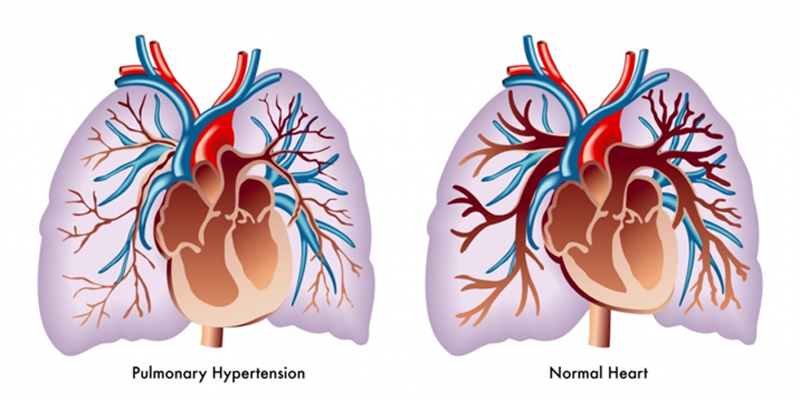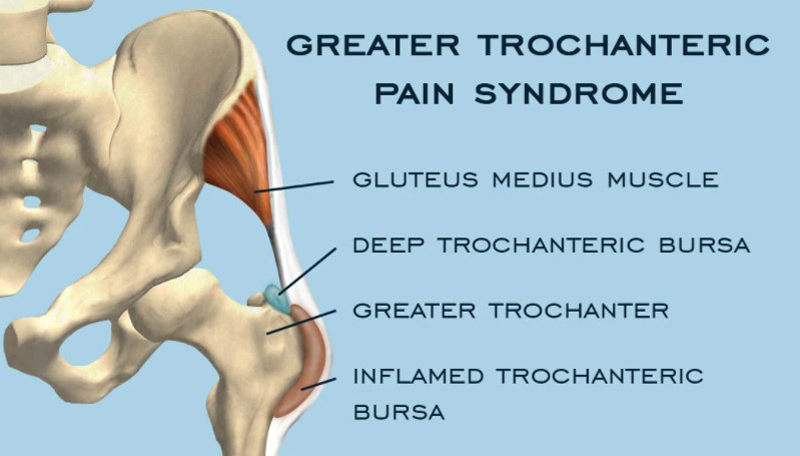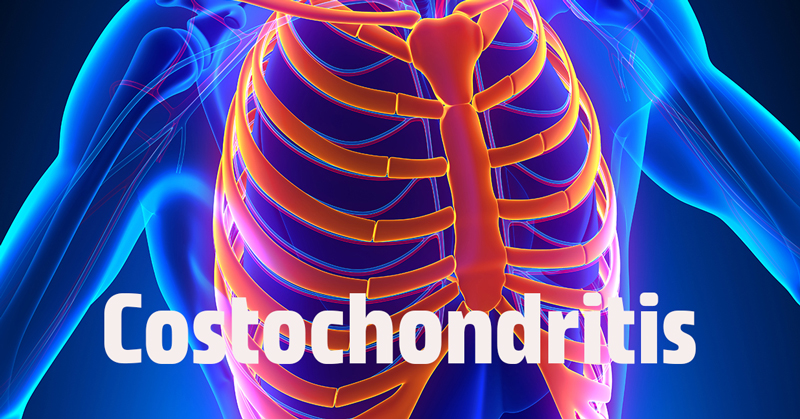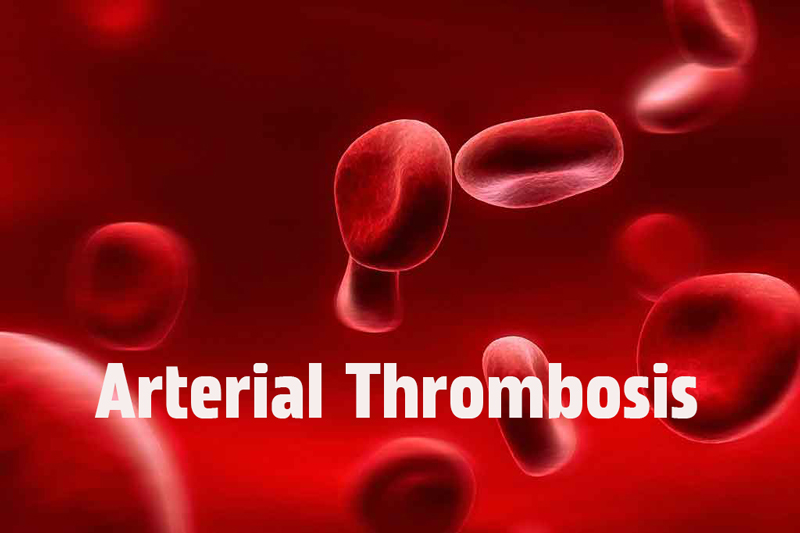Understanding Atherogenic Dyslipidemia: Key Points and Topics Discussed
July 29, 2023 #CholesterolWhat is Atherogenic Dyslipidemia?
Atherogenic dyslipidemia (AD) is a clinical disorder characterized by elevated triglycerides (TG) and low levels of high-density lipoprotein cholesterol (HDL-C). Individuals with AD often have elevated apolipoprotein B (apoB) levels and an increased number of small low-density lipoprotein (LDL) particles.
Key Points about Atherogenic Dyslipidemia
- Atherogenic dyslipidemia (AD) is a clinical disorder characterized by elevated triglycerides (TG) and low levels of high-density lipoprotein cholesterol (HDL-C).
- Individuals with AD often have elevated apolipoprotein B (apoB) levels and an increased number of small low-density lipoprotein (LDL) particles.
- AD is associated with an increased risk of developing coronary artery disease (CAD).
- Many patients with normal LDL-C may still have AD and be at risk for CAD.
AD is often overshadowed by the focus on modifying LDL-C levels, but it is important to recognize that many patients with normal LDL-C may still have AD and be at risk for CAD. Diet plays a significant role in the treatment of AD, and evidence suggests that carbohydrate restriction may effectively improve the metabolic abnormalities associated with the disorder.
Additionally, AD is associated with other important metabolic abnormalities, such as elevated levels of ApoB and presence of remnant lipoproteins, which contribute to the increased risk of heart disease. It is commonly found in patients with abdominal obesity, metabolic syndrome, and type-2 diabetes, and it is often referred to as the dyslipidemia of insulin resistance.

The Role of Diet in the Treatment of AD
Diet plays a significant role in the treatment of atherogenic dyslipidemia (AD). While there is often a focus on modifying LDL-C levels, it is important to recognize that many patients with normal LDL-C may still have AD and be at risk for coronary artery disease (CAD).
One dietary approach that has shown promise in improving the metabolic abnormalities associated with AD is carbohydrate restriction. Evidence suggests that reducing carbohydrate intake can effectively lower triglyceride levels and increase levels of high-density lipoprotein cholesterol (HDL-C).
Carbohydrate restriction helps to address the underlying metabolic imbalances in AD by reducing the production of small low-density lipoprotein (LDL) particles and promoting the clearance of triglyceride-rich particles. This approach can be particularly beneficial for individuals with abdominal obesity, metabolic syndrome, and type-2 diabetes, as these conditions are often associated with AD.
It is important to note that carbohydrate restriction does not mean eliminating all carbohydrates from the diet. It involves selecting healthier carbohydrate sources, such as fruits, vegetables, and whole grains, while minimizing the intake of refined carbohydrates and sugars.
In addition to carbohydrate restriction, other dietary modifications may also be beneficial in the treatment of AD. These include increasing dietary fiber intake, consuming healthy fats like omega-3 fatty acids, and incorporating antioxidant-rich foods into the diet.
Individuals with AD should work closely with a healthcare professional or registered dietitian to develop an individualized dietary plan that addresses their specific needs and goals. Making long-term sustainable changes to the diet, along with regular physical activity, can help improve lipid profiles and reduce the risk of cardiovascular disease in individuals with AD.
Other Metabolic Abnormalities Associated with AD
In addition to elevated triglycerides (TG) and low levels of high-density lipoprotein cholesterol (HDL-C), atherogenic dyslipidemia (AD) is associated with other important metabolic abnormalities that contribute to the increased risk of heart disease.
Key Points about Other Metabolic Abnormalities
- AD is associated with elevated levels of apolipoprotein B (ApoB).
- AD is also characterized by the presence of remnant lipoproteins.
- These metabolic abnormalities further contribute to the increased risk of heart disease.
Elevated levels of apolipoprotein B (ApoB) have been observed in individuals with AD. ApoB is a protein that is found on the surface of triglyceride-rich particles, such as very low-density lipoproteins (VLDL) and low-density lipoprotein (LDL) particles. High levels of ApoB are associated with an increased risk of developing coronary artery disease (CAD), as these particles are more likely to enter the arterial wall and contribute to the formation of plaques.
Another metabolic abnormality associated with AD is the presence of remnant lipoproteins. Remnant lipoproteins are particles that remain after the metabolism of triglyceride-rich lipoproteins. These lipoproteins, which include chylomicron remnants and very low-density lipoprotein remnants, are small and dense and have been shown to be highly atherogenic. They contribute to the progression of atherosclerosis and increase the risk of cardiovascular events.
Together, these metabolic abnormalities further increase the risk of heart disease in individuals with AD. It is important to address these abnormalities through lifestyle modifications, including diet, to improve lipid profiles and reduce the overall risk of cardiovascular disease.
AD in Relation to Abdominal Obesity, Metabolic Syndrome, and Type-2 Diabetes
Atherogenic dyslipidemia (AD) is commonly found in patients with abdominal obesity, metabolic syndrome, and type-2 diabetes. It is often referred to as the dyslipidemia of insulin resistance.
Key Points
- AD is commonly found in patients with abdominal obesity, metabolic syndrome, and type-2 diabetes.
- It is often referred to as the dyslipidemia of insulin resistance.
Abdominal obesity, metabolic syndrome, and type-2 diabetes are all conditions characterized by insulin resistance, which refers to a reduced response of cells to the effects of insulin. Insulin resistance can lead to abnormalities in lipid metabolism, resulting in the characteristic dyslipidemia seen in AD.
Abdominal obesity, specifically the accumulation of fat in the abdominal region, is strongly associated with insulin resistance and AD. The excess abdominal fat releases pro-inflammatory substances and hormones that disrupt insulin signaling and contribute to dyslipidemia. The adipose tissue in the abdominal region is metabolically active and produces significant amounts of triglycerides, which can lead to high triglyceride levels in the blood.
Metabolic syndrome is a cluster of conditions that includes abdominal obesity, high blood pressure, elevated triglycerides, low HDL-C, and insulin resistance. Individuals with metabolic syndrome are at a higher risk for developing AD and cardiovascular disease. The dyslipidemia seen in metabolic syndrome is characterized by elevated triglycerides, increased small dense LDL particles, and decreased HDL-C.
Type-2 diabetes is also strongly associated with AD. Insulin resistance is a hallmark of type-2 diabetes, and individuals with this condition often have dyslipidemia characterized by elevated triglycerides, low HDL-C, and small dense LDL particles. The combination of insulin resistance and dyslipidemia increases the risk of cardiovascular complications in individuals with type-2 diabetes.
Addressing abdominal obesity, metabolic syndrome, and type-2 diabetes through lifestyle modifications, including diet and exercise, is essential for managing AD. Weight loss, regular physical activity, and a healthy diet can help improve insulin sensitivity, normalize lipid levels, and reduce the risk of cardiovascular disease in individuals with AD and these related conditions.









COMMENTS